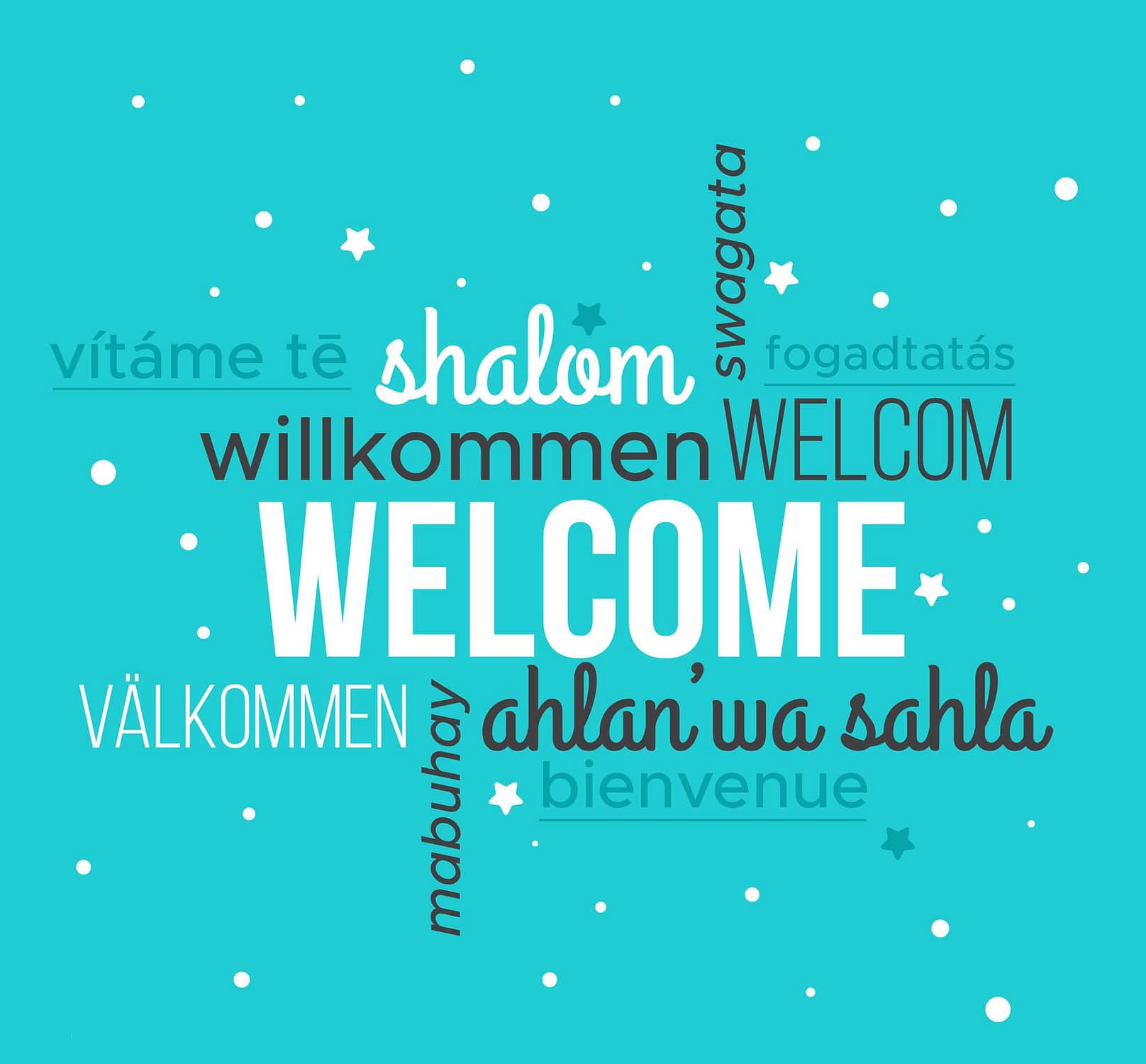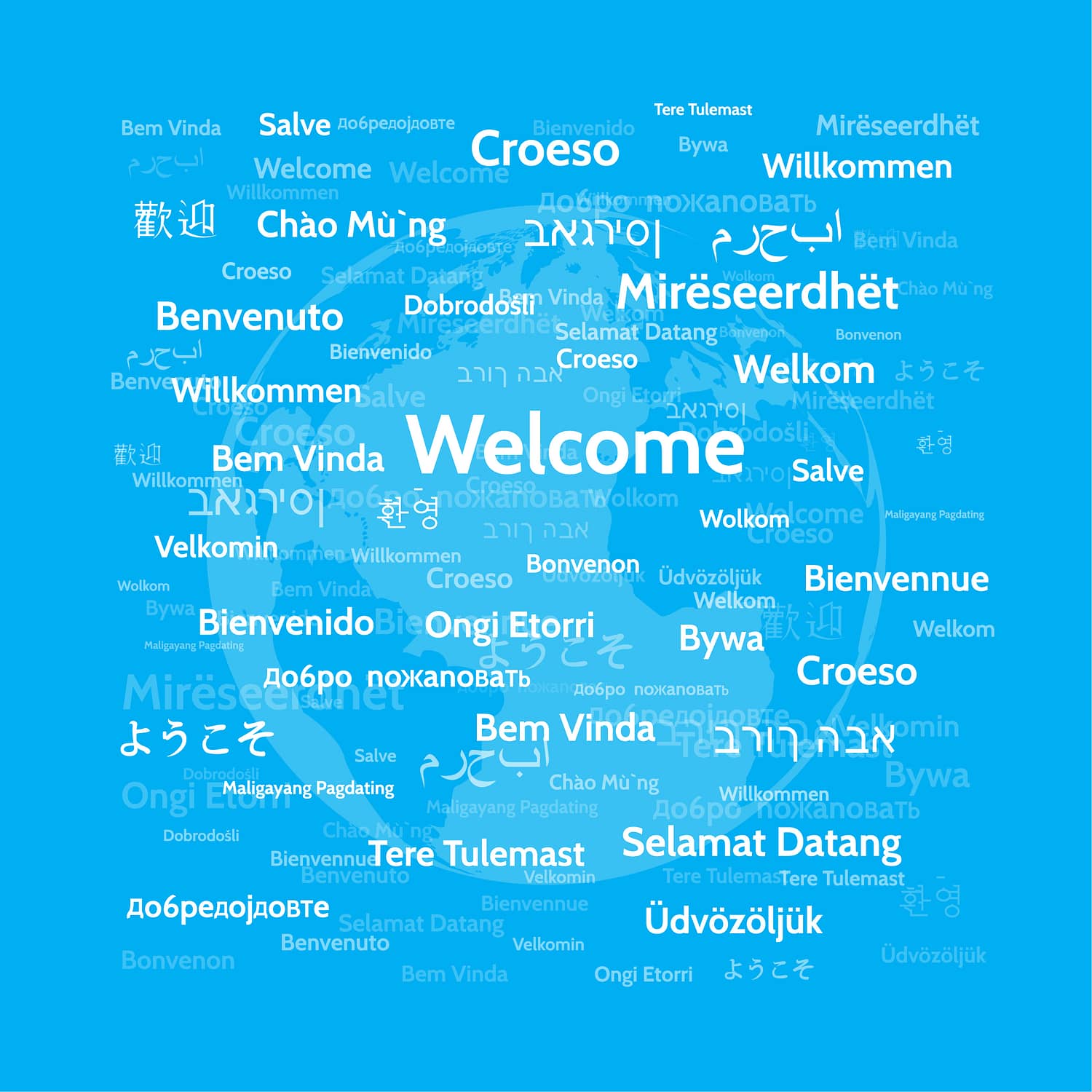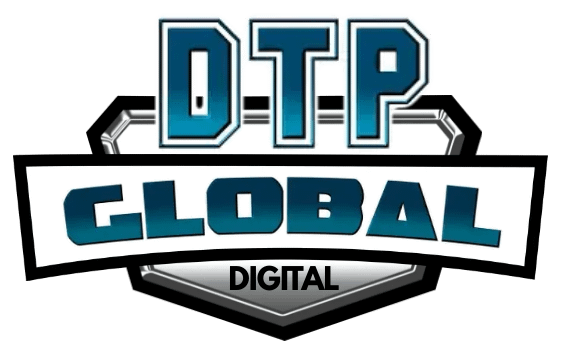Multilingual Typesetting: What is It and Why It is Important
Multilingual typesetting services are an important resource for business organizations. Finding a company that has the experience, native professionals, and industry knowledge is essential. After creating a fantastic brochure for new projects, brands look for translation services. They believe that alone translators can make it perfect for the local audience.
However, they are wrong. It is because translators do not provide fancy formatting or any creative work. They just put together the words in the target language. Hence, the end result might not appease the customers. It is simply because they lack professional multilingual typesetting services.
Confidentiality is also another trait of our agency. Working with us, your company will evidence a solid market expansion. They will also realize how the best services for typesetting can unlock new business potential.
Global Digital DTP provides a hassle-free and errorless solution to brands. We ensure that the final output is genuine and of high quality. Multilingual typesetting is not an easy task by any means. Professional workers are required to bring inappropriate results. To retain the original sense of the content, brands need to outsource efficient services.

Why Outsource Multilingual Typesetting Services
We have understood a lot about multilingual typesetting services. Outsourcing is the best solution when it comes to typesetting. Professional companies lend their services to bring the best results for your company. Before sealing the gates, here are the top picks for why brands need professional multilingual typesetting solutions –
- Get unbound knowledge and expertise in making your company’s content adequately arranged.
- Maintaining optimum grammar, writing styles, fonts, punctuations, and other things.
- Expert typesetters will check whether the content is perfect for the target audience.
- Ensuring that the layout will suit the target regions’ language and culture flawlessly.
- Localizing textual as well as graphical content.
- Improving the overall quality of the content while guaranteeing maximum readability.
Common Challenges of Multilingual Typesetting
Multilingual typesetting is beyond translation or localization. It requires professional companies and their experts to work on it. The complexities are not easy to handle as they deal with various formatting requirements. The best option is outsourcing services from any reputed multilingual typesetting company. It is because multilingual typesetting is more complicated than brands think. Here are some of the critical challenges that can come if brands do not take professional help –
1. Basic formatting issues in multilingual typesetting
In multilingual typesetting time, formatting can happen between different multi-languages, and that creates tons of errors if not done by professionals.
- Line breaks and Hyphenation: The usage of hyphens varies from one language to another. One simply cannot put a hyphen anywhere in between words. Setting the format according to the language rules is very important. For example, brands cannot put lots of ‘hyphens’ in Arabic content. It is because there are no hyphens in the language. Even for line breaks, there are different rules in different languages. Not taking professional help can lead to format errors. For example, there is no spacing between words in Thai. They even have rules regarding where the next line starts.
- Alignment Rules: Alignment rules are different in different target regions. In Chinese, alignment needs to be precise and set to ‘justified’. Then, in Arabic, alignment should never go to the left side.

2. Complex formatting issues in multilingual typesetting
- Direction of Text: Like English, not all sentences move from left to right in other languages. We can take examples from languages like Hebrew, Persian, and Arabic. In these languages, sentences start from the right to finish on the left. This change of format can create issues in the target language.
- Numbering Rules: Even while using numbering in content, there are rules to acknowledge. In some countries, they use decimals. Whereas in other countries, they use commas.
- Punctuation Rules: Besides using hyphens, there are still different punctuation rules. In languages like French, German, Arabia, etc., punctuation rules are different. Abiding by them is important if the brand wants the content to have a good market reach.
- Capitalization Rules: Looking at multiethnic languages, we can find that languages have different capitalization rules. Languages like Arabic or Korean have no capital letters. Moreover, in some languages, there are different rules for the capitalization of words or headings.
3. Font formatting issues in multilingual typesetting
Brands did not use to consider the importance of fonts. The construction and presentation of fonts have a wide influence on the content. Talking about the Roman alphabet, they have varying conventions. The accentuation varies, and so do the characters and letters. The character sets to increase and decrease, according to the requirements. However, like the Roman language and fonts, other languages do not follow these rules. Therefore, languages that have no connection to the Roman font will face problems while multilingual typesetting. And hence, there goes the need of hiring expert multilingual typesetting services.
4. Design elements and formatting issues
Formatting the sentences just by translating them won’t make much sense. Perhaps, because translation brings in ripples to the ocean of multilingual typesetting services. To accommodate the new language, there have to be provisions for various non-textual elements too. Any lapse or error in the whole process can result in distorting the entire theme.
5. Special reasons and challenges
Remembering all these points in multilingual typesetting can be difficult.
- Translating Greek, German or Cyrillic languages often take 20% extra space than the original text.
- For Spanish content, the translations get extended easily up to 25%.
- Also, in most European languages, after translation from English, language extension can go from 130-300%.
- For translating into Asian languages, there must be enough between the characters. Proper spacing will ensure that the readability is just fine.
6. Spacing and text sizing issues
All that brands want is to see their content readable and understandable in the target language. For that, it is important to check what should be the ideal font size. Also, checking out how much inherent spacing between them is required is important. For example, languages like Hindi, Arabic, and Thai usually need more spacing. Needless to say, they are totally different from Latin. Also, each and every line has more space than in English. To take care of all these things, brands need professional multilingual typesetting at Global Digital DTP. Even the finest grammar experts without experience will be unable to create readable content. Brands should ensure that their content is understandable to foreign audiences.
7. Latest software-related issues
Software plays a vast role in multilingual typesetting services. In different languages, they have different ways of getting incorporated. For western languages, basic translation software is capable of delivering results. However, that is not the case for non-Western languages. Even for right-to-left languages, translation challenges are there. In these cases, special and customized plugins are necessary. Without them, multilingual typesetting such complex scripts and fonts of those languages are tough. However, not always such plugins or custom software are available. For such cases, proper human knowledge is what brands need. And to get that, they should hire professional multilingual typesetting companies.
8. Graphic localization issues in multilingual typesetting
When it comes to multilingual typesetting services, getting references for localization services is normal. It is because starting from textual content to its associated graphics, everything needs to change. In the target language, numerous things are different. Even after translating content, sometimes it does not look professional. Brands should give special attention to this issue. And the only way to solve it lies in hiring multilingual typesetting companies. So, here are some reasons that brands should consider getting multilingual typesetting at Global Digital DTP.
